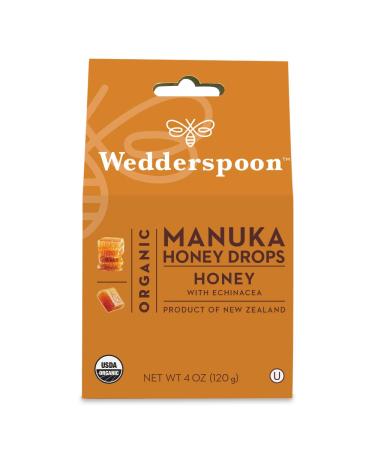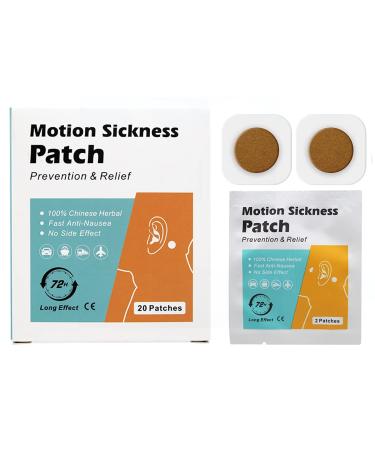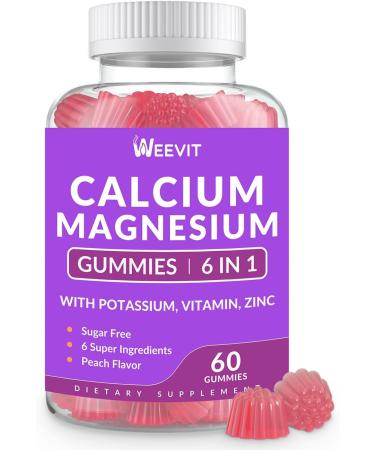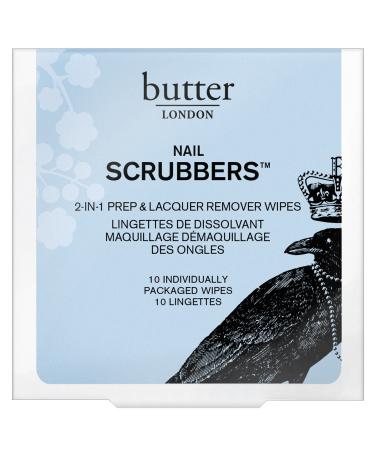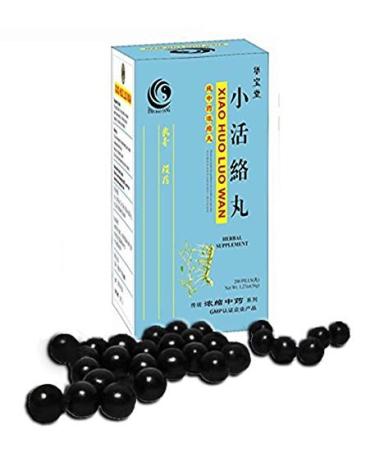General Information
✓ Proxilyt Food and Feed Area Disinfectant has received a Biocidal Product License from the Ministry of Health of the Republic of Turkey.
✓ It is used for the disinfection of all types of tools and equipment that come into contact with food in food and feed production, filling and sales facilities.
✓ It extends the shelf life of food and feed by destroying microorganisms that cause spoilage.
✓ It does not harm the food it comes into contact with and does not cause any change in taste, color, or odor.
✓ It is used in the disinfection of red and white meat, seafood, bakery products, and all types of prepared food production and packaging facilities.
✓ It is used to remove and disinfect pesticide residues on fruits and vegetables.
✓ It is used in the disinfection of production, sales, and service areas of mass catering facilities, cafes, and restaurants.
✓ It is used with an appropriate spray method to ensure air disinfection in all types of warehouses where food and feed are stored.
Areas of Use
✓ Proxilyt disinfectant is used for the disinfection of equipment, storage containers, consumption tools, all surfaces (counters, floors, walls, etc.) and production-related pipelines used in food and feed areas.
✓ It is used for the disinfection of tools used in the transportation, storage, and consumption of food, feed, or beverages for humans and animals.
✓ It can also be mixed with washing water to remove bacteria from fruits and vegetables.
How to Use
Depending on the equipment to be disinfected, Proxilyt is diluted with 20 clean water (1 part Proxilyt 4 parts clean water). In areas where a higher disinfection level is required, it can be used directly as a concentrate. These processes can be applied using methods such as washing, wiping, spraying, immersion, etc.
Activity Tested Microorganisms
✓ Boive Enterovirus Type 1
✓ Human Adenovirus Type 5
✓ Murine Norovirus
✓ Poliovirus Type 1
✓ Lactococus lactis subsp.lactis bacteriophage P001 DSM 4262
✓ Lactacocus lactis subsp.lactis bacteriophage P008 DSM 10567
✓ Pseudomonas aureginosa
✓ Staphylococcus aureus
✓ Escherichia coli
✓ Enterococcus faecium ATCC 6057
✓ Enterococcus hirae ATCC 10541
✓ Aspergillus niger 16404
✓ Legionella pneumophila ATCC 33152
✓ Proteus valguris ATCC 13315
✓ B.subtilis var.niger
✓ Candida albicans



